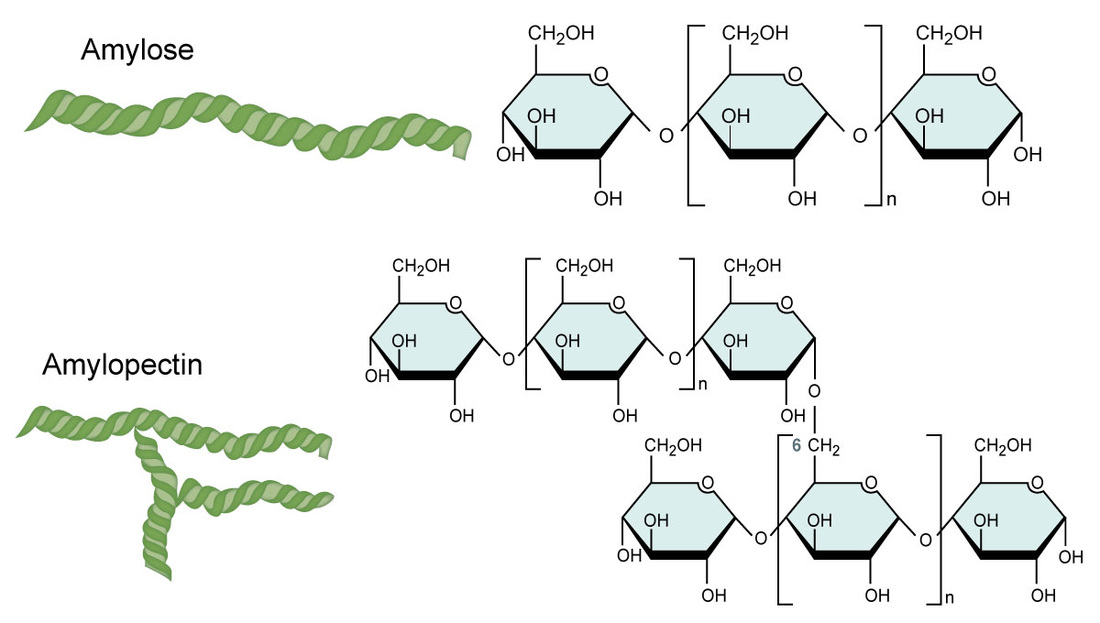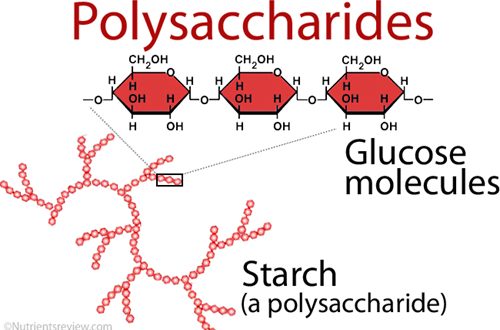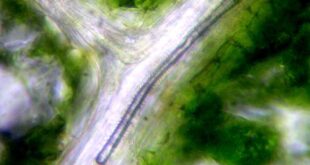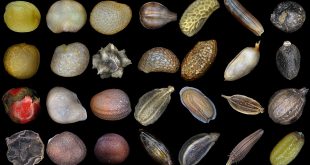Polysaccharides are polymeric carbohydrate molecules composed of long chains of monosaccharide unit bound together by glycosidic linkage. Example: starch, glycogen, cellulose, chitin etc.
Characteristics of polysaccharide
- On hydrolysis, they yield monosaccharide units which are usually similar.
- D glucose is the commonest component of polysaccharide.
- They have high molecular weight.
- They are usually amorphous, tasteless, nonsugar, insoluble in water.
- A great majority of carbohydrate of nature occurs in polysaccharide.
- They do not exhibit any properties of aldehyde or ketone.
Starch
Best safe and secure cloud storage with password protection
Get Envato Elements, Prime Video, Hotstar and Netflix For Free
Best Money Earning Website 100$ Day
#1 Top ranking article submission website
Starch is the most abundant polysaccharide after cellulose. It is a storage product and found in tubers, roots, seeds and other storage organs where it functions as a reserve nutrient for the growth and development of the plant.
Starch content of cereal grains range from 10 to 30% and potatoes from 50 to 70% of dry weight.
Components of starch
Amylose (15-20%) and amylopectin (80-85%) are the two component of starch and these two are polysaccharide themselves.

| Amylose | Amylopectin |
| 15-20% of total starch | 80-85% of total starch |
| Amylose has a straight chain | Amylopectin has a branched chain |
| Bond among the glucose is 1, 4 type | Both 1,4 and 1, 6 (to branch out) |
| Less soluble in water | More soluble in water |
| Does not form a gel when hot water is added | Forms a gel when hot water is added |
| Can be hydrolyzed with α amylase and β amylase enzymes completely | Can not be hydrolyzed with α amylase and β amylase enzymes completely |
| Gives a dark blue or black color when iodine solution is added | Gives a reddish brown color when iodine solution is added |
(More will be added later)
Get Free Netflix Now
Best safe and secure cloud storage with password protection
Get Envato Elements, Prime Video, Hotstar and Netflix For Free
 Plantlet The Blogging Platform of Department of Botany, University of Dhaka
Plantlet The Blogging Platform of Department of Botany, University of Dhaka





